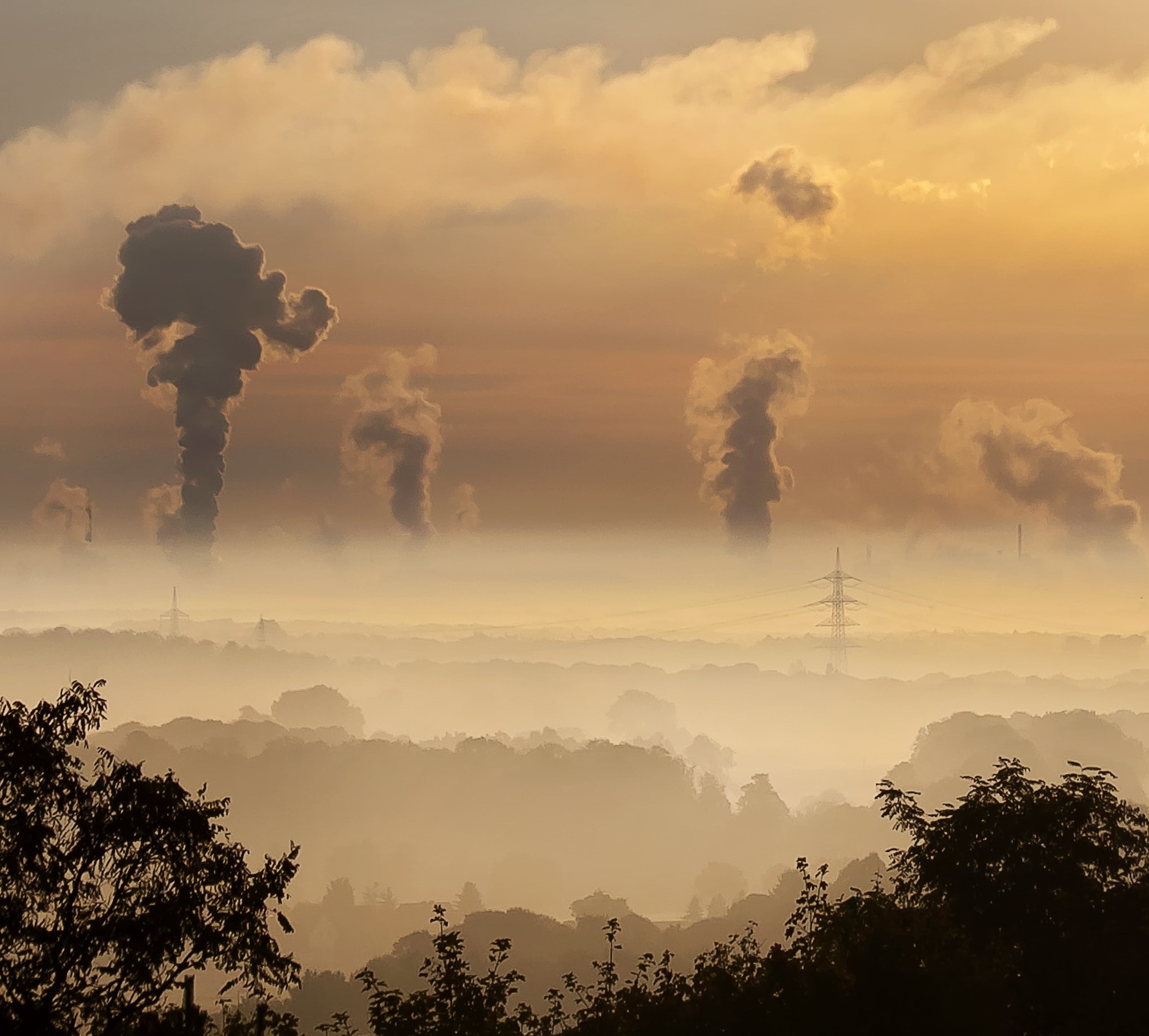
We’ve been talking about Breast Cancer Awareness Month here at CV Skinlabs, and no discussion of breast cancer would be complete without reviewing once again the role that environmental risk factors play.
We all know there are some toxins in the environment that can increase our risk of cancer, but often we don’t realize what a large role these toxins play. A few years ago, the President’s Cancer Panel concluded that the government isn’t doing enough to protect us from these chemicals, and our risk of getting cancer from them has been underestimated:
“The true burden of environmentally induced cancers has been grossly underestimated,” the panel stated, and advised President Obama to “use the power of your office to remove the carcinogens and other toxins form our food, water, and air that needlessly increase health care costs, cripple our nation’s productivity, and devastate American lives.”
A recent 2014 study examined toxic chemicals and breast cancer in particular, and identified those chemicals that are most dangerous, when it comes to this particular kind of cancer.
“Every woman in America has been exposed to chemicals that may increase her risk of getting breast cancer,” said Julia Brody, study author. “Unfortunately, this link between toxic chemicals and breast cancer has largely been ignored.”
Women Need to Know the Risks
So what are we talking about when we say “environmental factors?”
That’s what this post is about. I want to remind you all about the things that surround us everyday that can be harmful to us. The good news is that the more we know, the more we can protect ourselves and reduce our risk.
Below you’ll find the five toxins that researchers have identified are most important when it comes to preventing breast cancer.
1. Pesticides
Studies show that exposure to pesticides can increase risk of cancer. In one study of over 1,000 women-half of whom had been diagnosed with breast cancer-researchers found that those who had the disease were nearly three times as likely to have worked on a farm when they were young. They concluded that toxic pesticides could be responsible for cellular changes that led to cancer.
In a 2007 study, researchers found that women exposed to DDT before mid-adolescence had a five-fold greater risk of breast cancer than those who weren’t.
Action step: Buy organic produce, especially those that you don’t peel (like berries, apples, peaches, etc.). Use non-toxic pest deterrents like cedar oil and caulking seals. Always wear gloves and a mask if using pesticides.
2. Flame-Retardants
For many years, manufacturers treated foam and other materials in furniture with flame-retardants. It was only later that scientists discovered that these chemicals triggered cancer in lab animals. Later studies found that they also disrupted hormone function and were linked to reduced fertility and to cancer.
Action step: Buy from companies that use natural latex foam cushions, or that sell flame retardant-free furniture. Keep the house well ventilated and vacuum and dust often.
3. Gasoline and Combustion Chemicals
These chemicals include the dangerous benzene and butadiene. We’re exposed to them from vehicles and traffic pollution, lawn equipment, tobacco smoke, and through charred or burned food.
Action step: Exercise in areas of low or no traffic. Reduce travel during rush hour if you can, and close vents when in heavy traffic, airing out the vehicle periodically. Avoid tobacco smoke and those who smoke. Don’t overcook your food, and always use exhaust vents when cooking. Remove shoes when coming inside the home.
4. High-Powered Cleansers
If you use spot removers, specialty cleaners, or industrial degreasers-or if you’re around these products-you may be exposed to carcinogens like methylene chloride or other “halogenated solvents.” These are chemical compounds that are human carcinogens. Some other examples include chloroform, carbon tetrachloride, perchloroethylene, and chlorinated fluorocarbons.
These chemicals are used to dissolve oils and to keep cleaning solutions stable. They are often used in dry cleaning fluids, degreasing solvents, electrical cleaning solvents, inks, and paint strippers. Exposure usually occurs through inhalation or skin contact.
Action step: Use green or homemade cleansers. Avoid contact with these types of solvents. Avoid dry cleaning or ask for “wet cleaning.” For those items you must dry clean, air out in the garage before bringing inside the home. Attach a filter to your tap water.
5. Water Contaminants
Scientists discovered that drinking water can contain carcinogens linked to breast cancer. Usually these are byproducts of disinfection, like trihalomethanes (THMs) and haloacetic acids (HAAs). In studies, scientists have found that exposure to high levels of these byproducts can cause cancer. In one 1995 study, for example, researchers reported that disinfection byproducts (DBPs) were associated with increased risk of cancer, and a 1994 study linked them to breast cancer, specifically.
Research is underway to improve water treatment technology and reduce the potential formation of these types of dangerous toxins.
Action step: Read your water provider’s consumer confidence report. Contact your water company to find out if they’ve done a source water assessment, sanitation survey, or other review of DBPs. Have your tap water tested, and use a personal water filter. Solid block carbon and under-counter multi-stage filters are best.
Do you try to avoid environmental toxins?
SourcesR. H. Allen, “Breast Cancer And Pesticides in Hawaii: the Need for Further Study,” Environmental Health Perspectives, (1997) April (105, Suppl 3): 679-683.Susan L. Teitelbaum, et al., “Reported Residential Pesticide Use and Breast Cancer Risk on Long Island, New York,” Am. J. Epidemiol (2007) 165(6): 643-651.Public Health Institute. “Breast Cancer Linked To Pesticide DDT, Study Suggests.” ScienceDaily, October 9, 2007, https://www.sciencedaily.com/releases/2007/10/071009082406.htm.“Scientists Identify Highest Priority Toxic Chemicals to Target for Breast Cancer Prevention,” Silent Spring, [Press Release], May 12, 2014, http://www.silentspring.org/press-releases/scientists-identify-highest-priority-toxic-chemicals-target-breast-cancer-prevention.“Solvents: the dangerous chemicals to avoid in everyday life,” Meds News, June 7, 2016, http://medsnews.com/health/solvents-the-hazardous-chemicals-to-avoid-in-everyday-life/.R.D. Morris, “Drinking water and cancer,” Environ Health Perspect., November 1995; 103(Suppl 8):225-231, http://www.ncbi.nlm.nih.gov/pmc/articles/PMC1518976/.Vora Sadhna, “There’s Something in the Water! A Look at Disinfection By-products in Drinking Water,” Journal of Young Investigators, September 2005, http://www.jyi.org/issue/theres-something-in-the-water-a-look-at-disinfection-by-products-in-drinking-water/.

